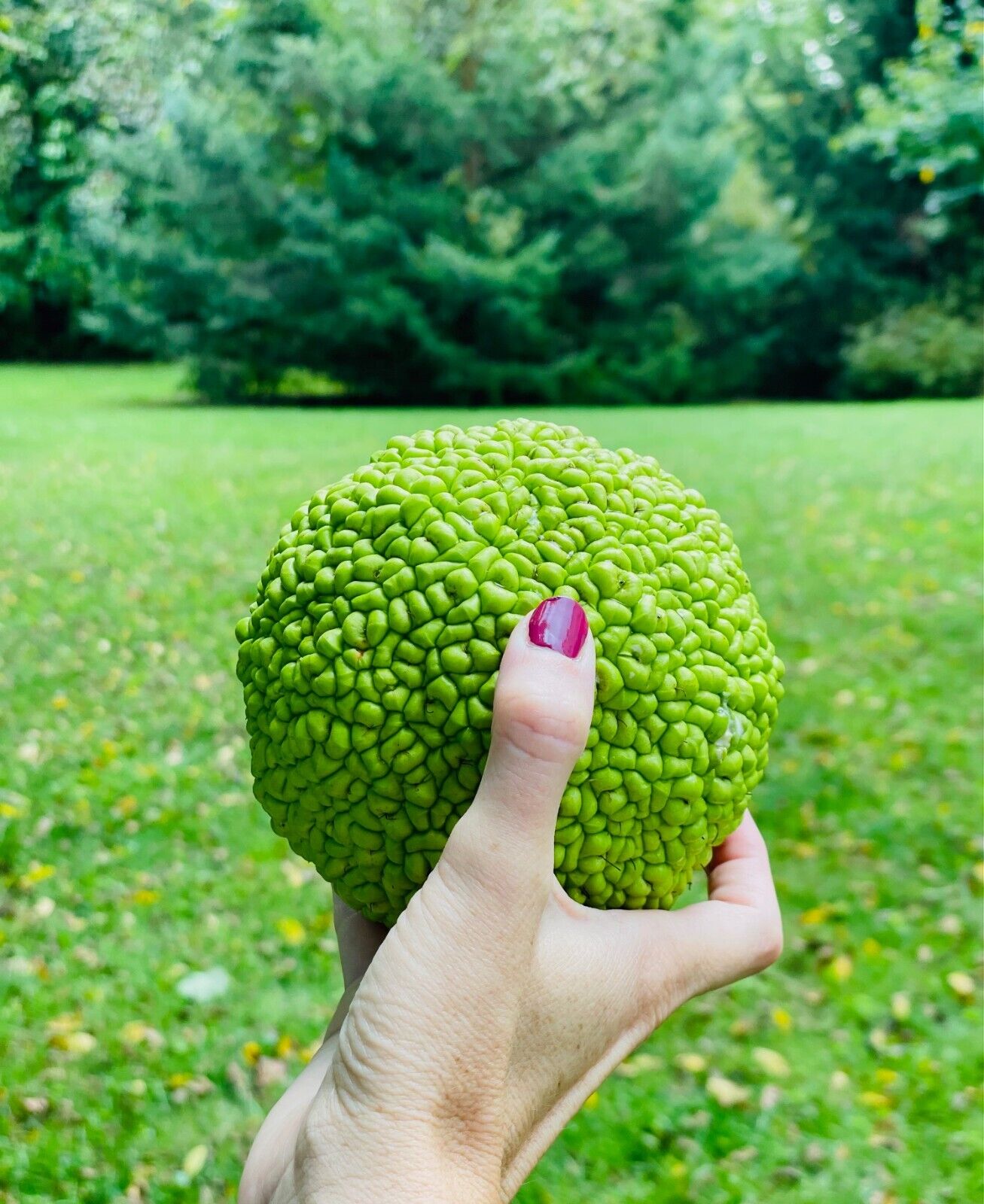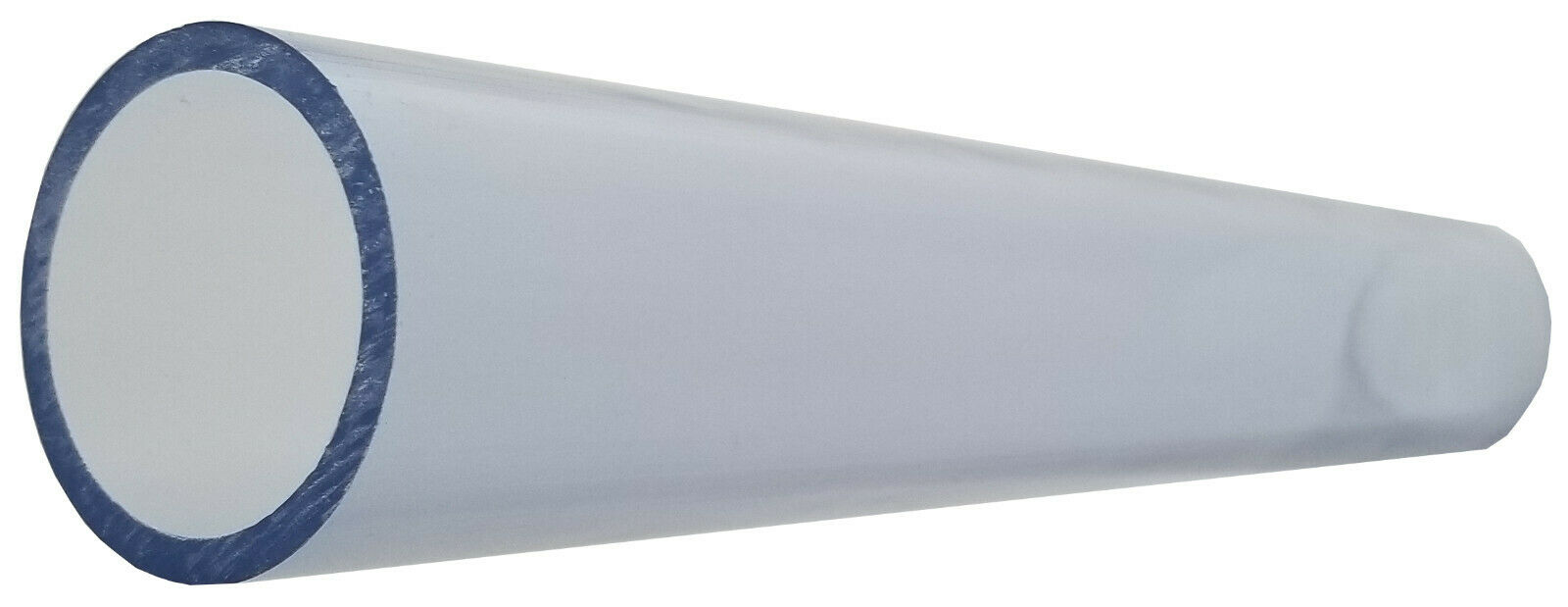-40%
Hedge Apples - Box of 10-12 Large Hedge Balls Osage Oranges
$ 14.51
- Description
- Size Guide
Description
You are bidding on10 to 12 Large Hedge Apples
---------------------
We pick fresh hedge apples from our trees,
fill up a large USPS priority mail box with with beautiful hedge apples
and ship them directly to you!
----------------
NOTE: quantity varies depending on how large the hedge apples in your box are, but you should expect between 10 and 12.
--------
Hedge apples are the fruit of the Osage orange tree.
Hedge apples have been used for many years as a natural insect repellent. The fruit and leaves have been used to ward off insects, rodents, and other pests.
Hedge apples are a type of fruit that is used in the tropics and subtropics. The fruit is also known as Maypops, Hog Plum, or Indian Apple.
The hedge apple can be found in a variety of colors, but it is usually green or yellow in color. The fruit grows on the branches of bushes and trees.
This plant has been around for centuries and was used by Native Americans to treat a number of conditions and ailments.
Create beautiful fall decor centerpieces with hedge apples!
Hedge apples are great centerpieces for harvest and Thanksgiving displays and will keep their color for months if properly preserved. Hedge apple displays make wonderful gifts for visiting friends and families over the American holiday season and can brighten a dining or living room as the days become shorter.
From Wikipedia:
"Maclura pomifera, commonly known as the Osage orange (/ˈoʊseɪdʒ/ OH-sayj), is a small deciduous tree or large shrub, native to the south-central United States. It typically grows about 8 to 15 metres (30–50 ft) tall. The distinctive fruit, a multiple fruit, is roughly spherical, bumpy, 8 to 15 centimetres (3–6 in) in diameter, and turns bright yellow-green in the fall. The fruits secrete a sticky white latex when cut or damaged. Despite the name "Osage orange", it is not related to the orange. It is a member of the mulberry family, Moraceae. Due to its latex secretions and woody pulp, the fruit is typically not eaten by humans and rarely by foraging animals. Controversial suggestions have been made that it was consumed by extinct Pleistocene megafauna, but these claims have been criticised as lacking empirical evidence.
Maclura pomifera has many names, including mock orange, hedge apple, hedge, horse apple, monkey ball, monkey brains and yellow-wood. The name bois d'arc (from French meaning "bow-wood") has also been corrupted into bodark and bodock."















